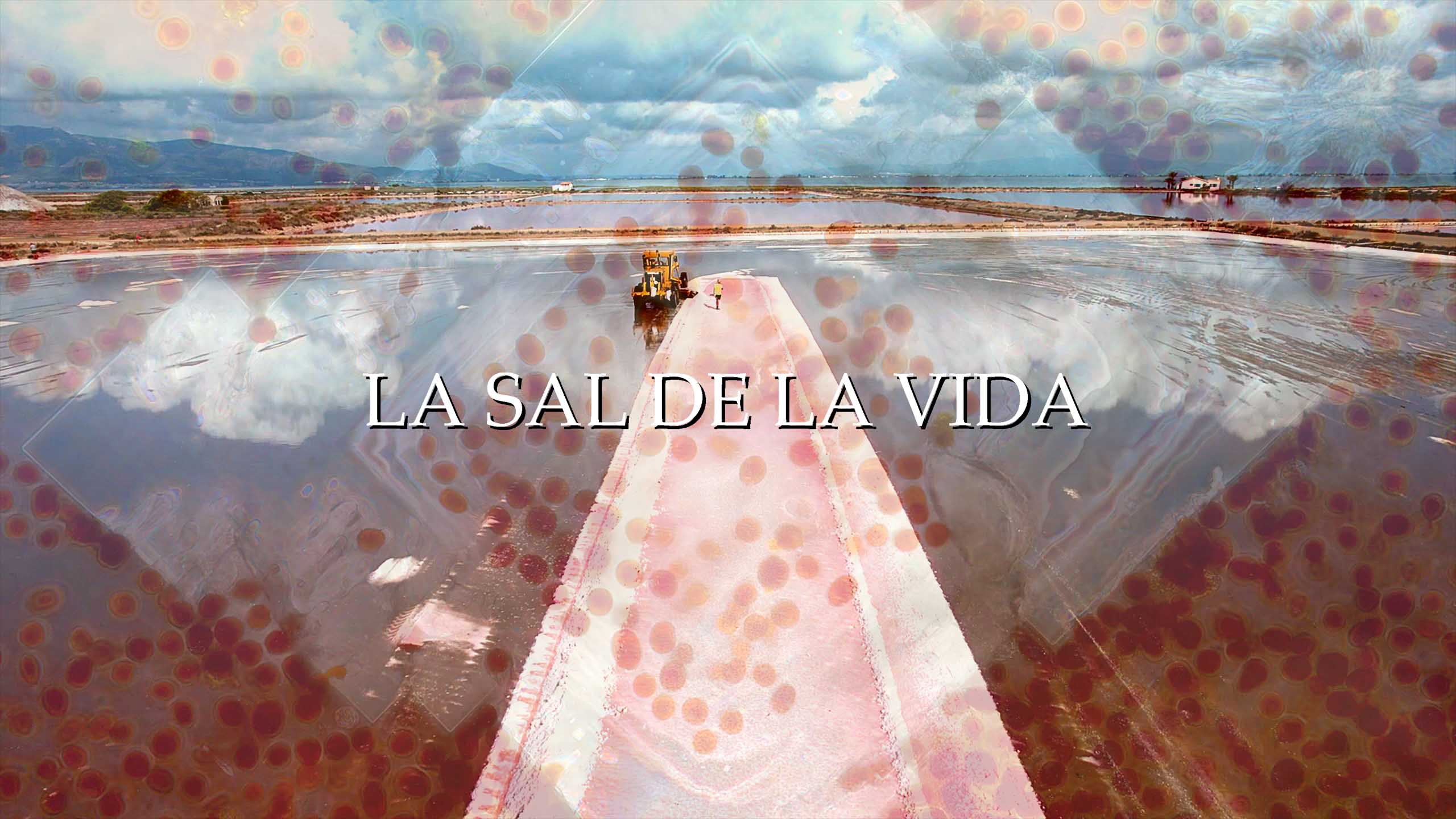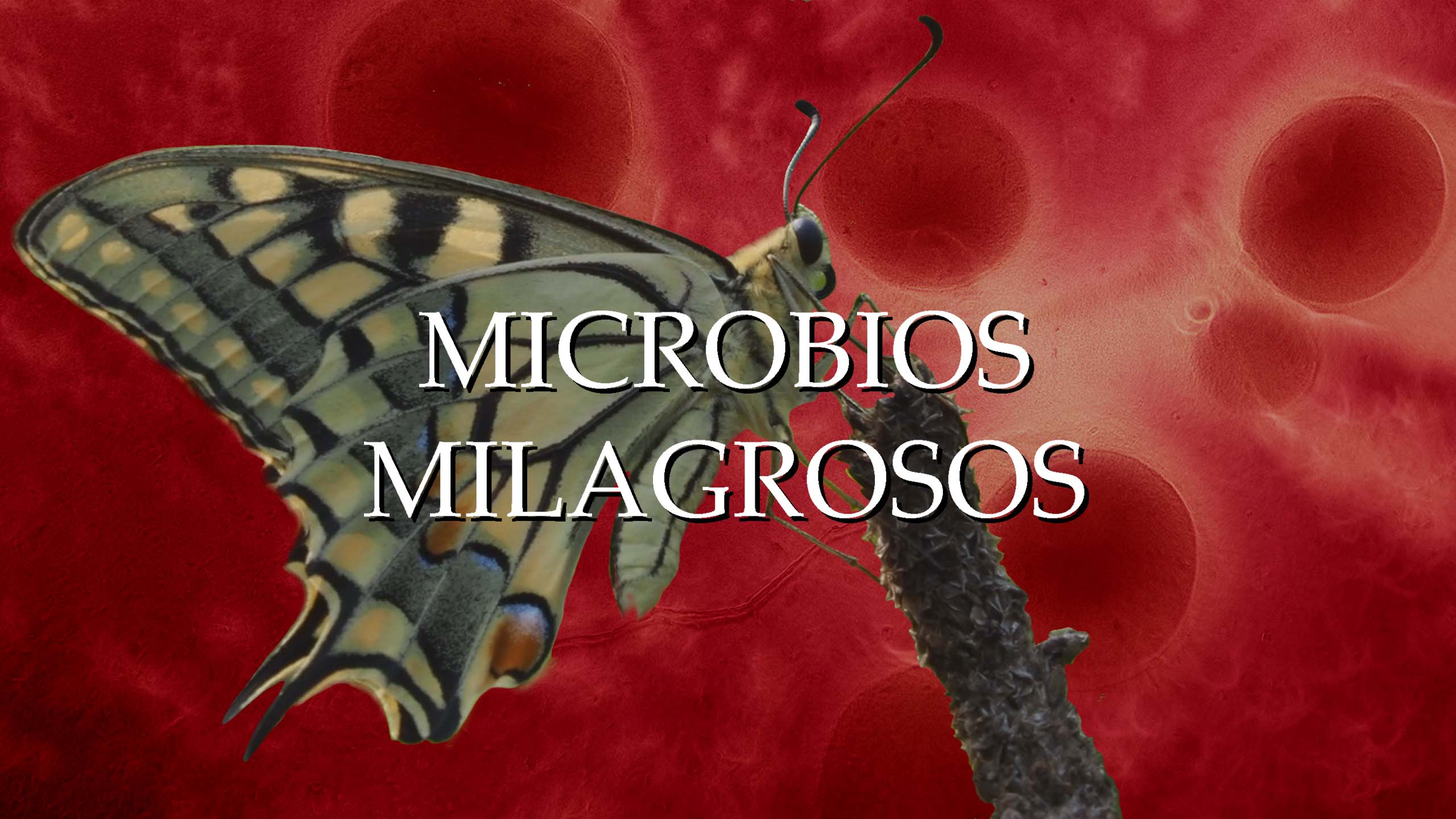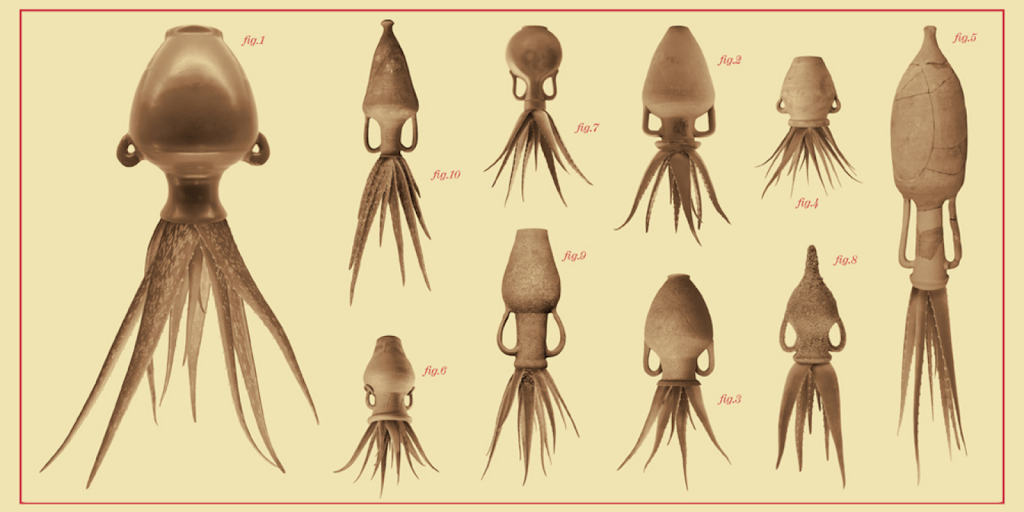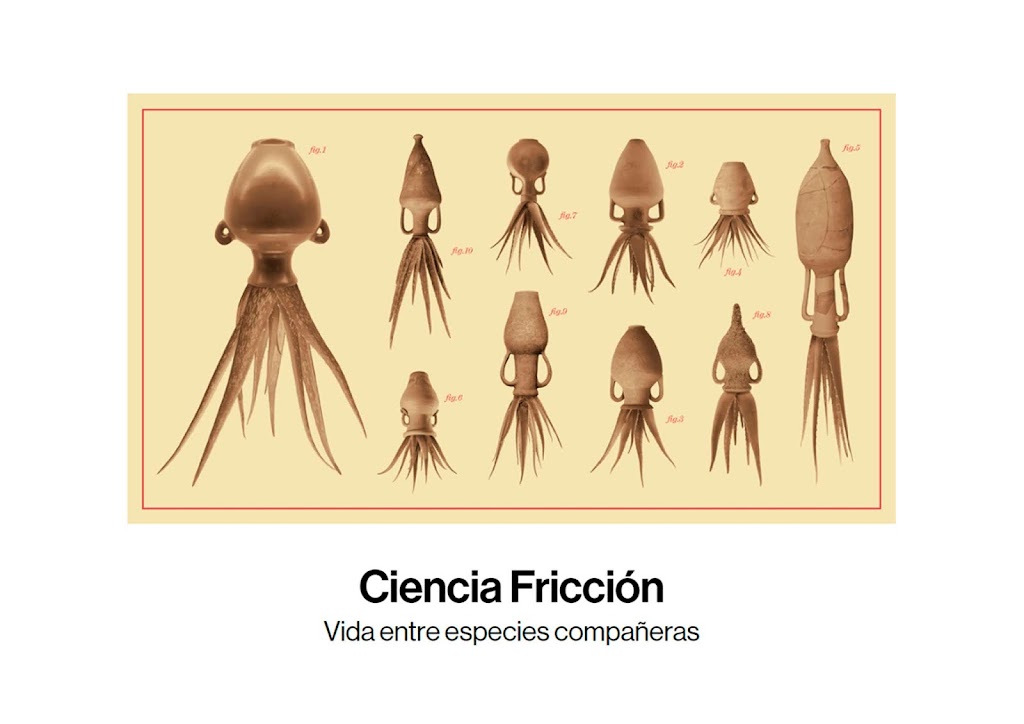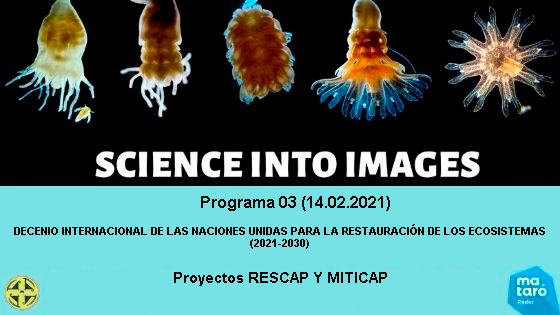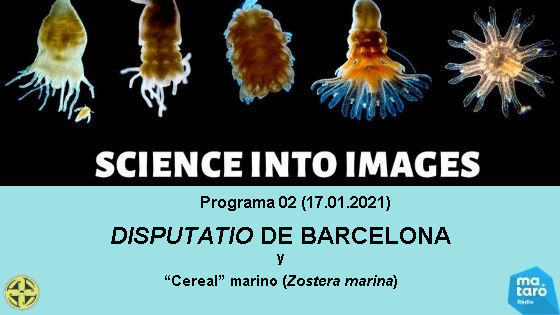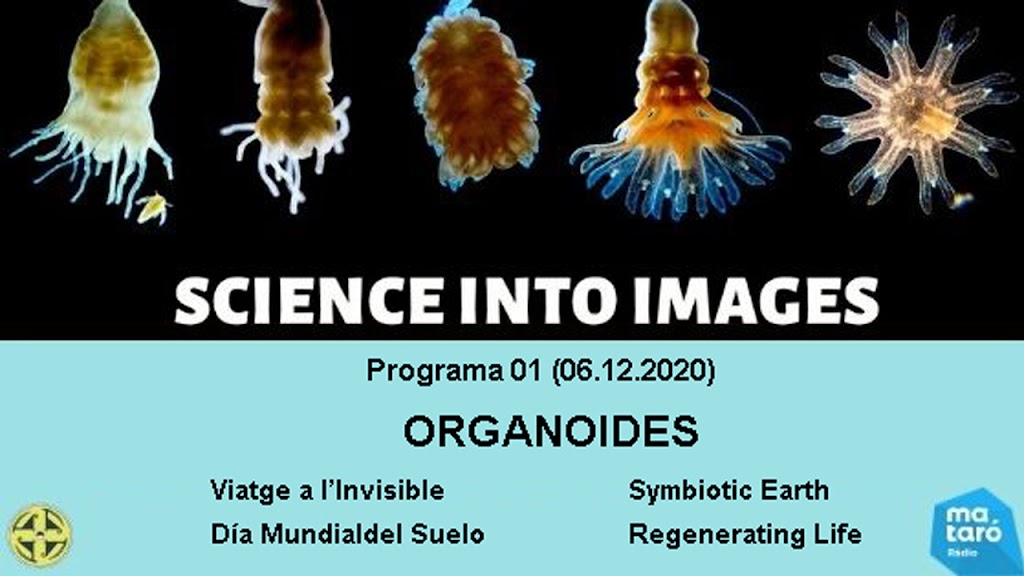Humans across all eras, cultures, and civilizations have always sought to explain the phenomena we observe.
Sometimes, the scientific knowledge of the time has provided a clear and reasoned explanation for these phenomena, but in many other cases, it has not.
When we cannot explain certain events with the knowledge available to us, we are left perplexed and astonished. It is in these moments that we turn to supernatural explanations, resorting to magic or religion.
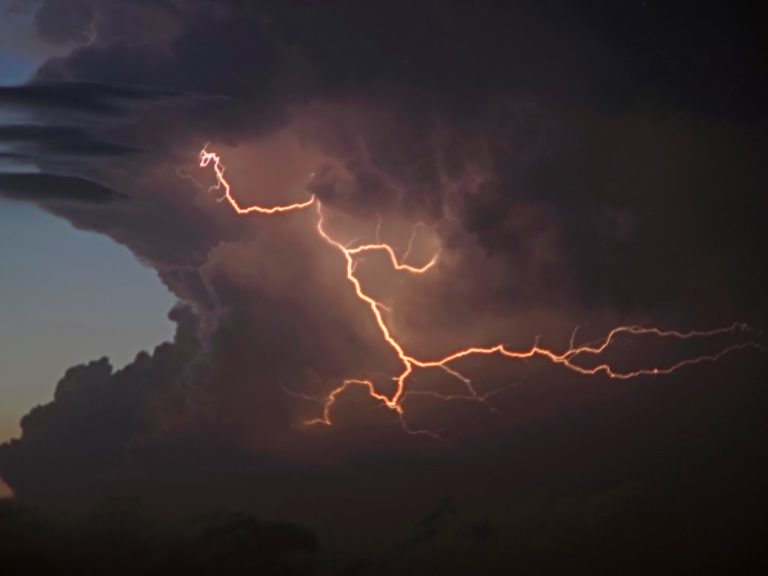
When we lean on religious beliefs, we assume that these strange and seemingly inexplicable phenomena are the result of the intervention of beings with capabilities far beyond our own—beings we generally call “gods.”
And at that moment, the phenomenon transforms into a “miracle.”
However, the advancement of science over the centuries has allowed us to verify that many of these miracles—many of the phenomena once considered supernatural or unfathomable—actually have scientific, natural explanations.
And in many cases, the ultimate culprits behind these phenomena have been microbes.
One of the most representative “miraculous” microbes is the bacterium known as Serratia marcescens.

Serratia is a microbe capable of staining surfaces where its colonies grow with a blood-red color—such as bread or even religious statues.
It is precisely its proliferation on these two elements that led to the belief that the liquid emanating from them was real blood.
It is not surprising that, due to these characteristics, scientists have nicknamed this microorganism the “miraculous bacterium” and have named the blood-red pigment it produces “prodigiosin.”
Serratia, whose typically bacterial circular chromosome contains only about 4,800 genes, is a rod-shaped bacterium—what microbiologists call a bacillus. Like most bacteria, it is tiny, measuring no more than two-thousandths of a millimeter in length.
We can find it almost everywhere: in the soil, in water, on plants, on animals… It is, in essence, a cosmopolitan bacterium.
As is often the case with most bacteria, we only become aware of its existence when its uncontrolled growth causes health problems for us or the ecosystems in which we live.
When its growth within our bodies becomes unregulated, Serratia can cause conjunctivitis, infections in wounds, kidneys, and urinary tracts, respiratory infections, meningitis, and endocarditis. In fact, some historians claim that this bacterium has caused more deaths than any other bacillus in human history.
Today, Serratia is frequently associated with various serious hospital-acquired infections, particularly dangerous for immunocompromised patients. For this reason, it is intensively studied in laboratories and hospitals.
But not everything about it is negative.
As a result of these studies, researchers have discovered that Serratia’s pigment, prodigiosin, induces apoptosis in cancer cells—that is, it triggers their natural death. It also acts as an immunosuppressive drug in organ transplant surgeries, preventing rejection.
Moreover, it has been found that this pigment is highly effective against one of the life stages of the spirochete Borrelia burgdorferi, the bacterium that causes Lyme disease and is transmitted by ticks.
Nature itself, the evolution of life on our planet, offers us countless examples of phenomena that could be considered “miracles.”
And once again, bacteria play a starring role.
One such example is the drastic transformation of our atmosphere approximately 2.4 billion years ago.
Until then, Earth’s atmosphere was dominated by gases such as hydrogen, water vapor, carbon monoxide, carbon dioxide, methane, hydrogen sulfide, and various nitrogen compounds—remnants of the planet’s formation and the numerous celestial impacts on its surface.
This primitive atmosphere contained almost no free oxygen—it was an anaerobic atmosphere.
During this extended period of our planet’s evolution, life was entirely prokaryotic, meaning all living beings were bacteria and archaea.

For millions of years, some of these microorganisms were able to harness energy from sunlight to perform photosynthesis.
However, the type of photosynthesis they carried out—and still do, as many of these organisms continue to share the planet with us—did not release oxygen. This is what we call anoxygenic photosynthesis.
These microorganisms did not break down water to obtain energy but instead used a compound similar in structure to water: hydrogen sulfide, the substance responsible for the foul smell of “rotten eggs.” In those early days of Earth, volcanic activity was the main source of this compound.
As a result, instead of releasing oxygen, these microorganisms released sulfur.
When hydrogen sulfide was broken down, two elements appeared: hydrogen, which the bacteria used for their metabolism, and sulfur, which was often deposited as elemental sulfur granules either in the environment or within bacterial cells.
Then, about 3 billion years ago, a special type of bacteria—the cyanobacteria—figured out how to use a much more abundant compound thanhydrogen sulfide: water.
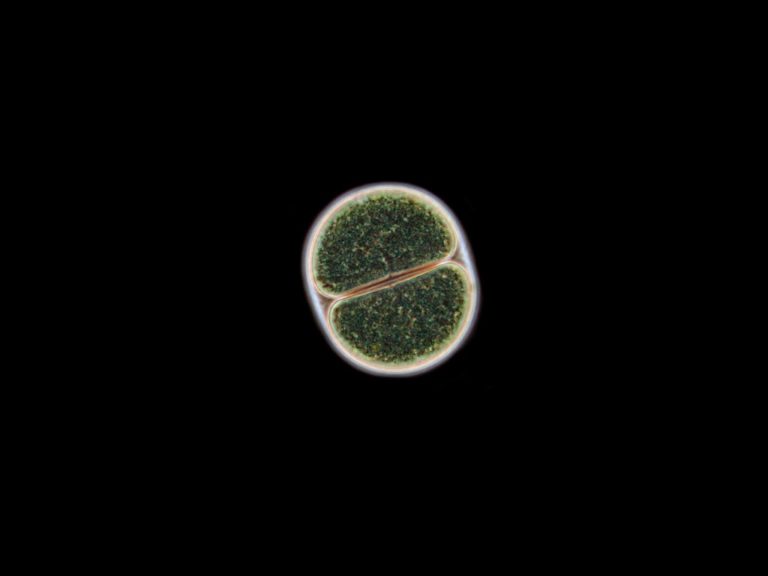
This new metabolic innovation, known as oxygenic photosynthesis, was fundamental to the evolution of life on Earth. Instead of releasing sulfur, it led to the release of oxygen—a highly reactive and initially toxic gas.
The oxygen released accumulated in the oceans, where it reacted with dissolved chemical elements, removing it from the environment.
One of these elements was iron, which was extraordinarily abundant due to the planet’s formation processes.
Oxygen reacted with iron to form iron oxide, which settled into ocean sediments. As a result, very little of the oxygen produced by bacterial photosynthesis escaped into the atmosphere.
A clear record of this process is found in extraordinary geological formations known as banded iron formations, which can be observed in many regions of the planet.
Then, about 2.4 billion years ago, the amount of dissolved iron in ocean water was no longer sufficient to capture all the oxygen produced by bacterial photosynthesis. Oxygen began to accumulate in the atmosphere in large quantities, rising from about 1% to the 21% we have today.
This event is known as the Great Oxidation Event.
The organisms that had lived on Earth until then were not adapted to an oxygen-rich atmosphere, which was highly toxic to them. This led to a massive extinction.
Almost all life on the planet disappeared, and new forms of life began to evolve—ones capable of developing strategies to protect themselves from the dangerous gas.
The majority of life on Earth transitioned from anaerobic to aerobic, as it is today.
And there’s more.
Around 2 billion years ago, some of these new, more complex life forms—capable of surviving in an oxygenated environment because they had incorporated oxygen-respiring bacteria that would later become mitochondria—engulfed a small cyanobacterium. Instead of digesting it, they allowed it to live inside them.
Over time, this cyanobacterium became a chloroplast, the organelle most characteristic of all plant cells.

As a result, the new cell, which could already survive in an oxygenated environment, also became capable of harnessing solar energy for its metabolism—meaning it could now perform photosynthesis.
What was the outcome of this extraordinary union, this marvelous bacterial symbiosis?
The result was the birth of the first plant cell—the type of cell that forms all the plants we see today, from tiny unicellular algae like diatoms to giant trees that breathe life into our forests.
Today, various studies show that free-living cyanobacteria are responsible for between 50% and 70% of the oxygen released into the atmosphere from the planet’s surface. However, since they became chloroplasts and now form part of all plant cells, cyanobacteria are actually responsible for nearly 100% of the oxygen in our atmosphere.
Could there be more “miraculous” microbes than these?



